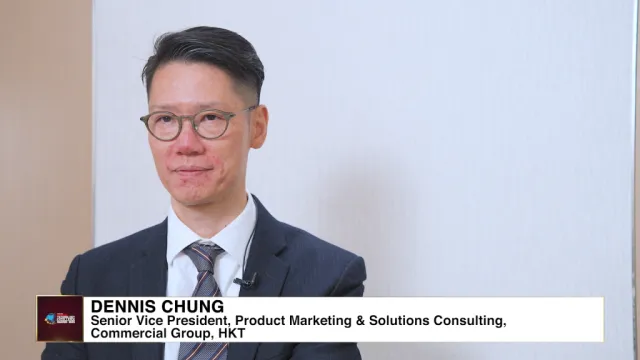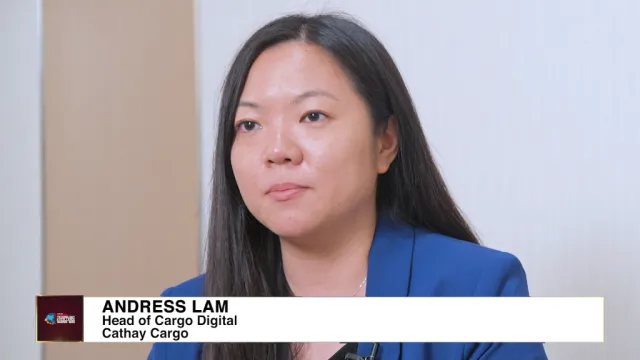
Asia Pacific employers eye reshaping talent programs as economy grows
Despite need to change, organizations lack confidence in their ability to measure talent management decisions and investments.
In anticipation of a greater emphasis on talent management and increasing competition for key talent, Asia Pacific employers are planning to reshape their talent programs as the economy recovers, according to the latest Future of Talent Management Survey by Mercer.
The survey, conducted in June-July this year includes responses from HR and talent management leaders representing close to 500 organizations across Asia Pacific. The survey examined a broad spectrum of industries, with technology, telecommunications, manufacturing (durable and non-durable) healthcare (retail and wholesale) and finance representing the largest industry segments.
Two-thirds of the employers surveyed indicated that their organizations have emerged from the recession and are either back in growth mode (39 percent) or are emerging from the recession and preparing for growth (28 percent). As many as a quarter (25 percent) said they were never out of growth mode, as their organizations were not significantly affected by the downturn. Only 8 percent of organizations said they are still in recession mode.
Most organizations are planning to make changes to their talent programs following the downturn, even though they are at different stages of identifying and implementing these changes. The changes that top the list include leadership training (87 percent), workforce training (83 percent), employee engagement (83 percent) and succession planning (80 percent). Further down the list of priorities is mobility, with less than two-thirds of organizations requiring changes in their policies, according to a Mercer report.
“Globally the downturn forced organizations to make fairly dramatic changes to their workforces and talent programs. Now organizations are planning further changes, but the aim should not be to revert to what they had before the downturn,” said Jason Jeffay, Mercer’s Global Leader of Talent Management Consulting. “It’s a different business environment now. We’re looking ahead to a period of positive but slower growth, which translates into different talent needs. Talent programs need to be reviewed and tailored to fit this new reality.”
According to Brenda Wilson, Mercer’s Asia Pacific Leader of Talent Management Consulting, “Locally, in less than 12 months many organizations are already talking about attraction and retention again, with a key emphasis on retaining the best and brightest. Organizations in most parts of Asia are once again worried about the internal talent pipeline and whether they can meet their needs with the existing workforce.”
Talent Management priorities
Organizations in the region expect talent management to grow in importance. Slightly more than half (53 percent) rate this as a top priority at their organizations today, but 74 percent expect it to be a top priority within the next three to five years. In addition, almost all Asia Pacific respondents (96 percent) anticipate an increase in competition over the next three to five years for the key talent their organizations need to succeed; while 53 percent expect a significant increase in competition.
When asked to express their confidence in being able to address a range of key talent challenges, organizations said they are most confident in their ability to link employee performance to business goals (43 percent are very confident and 48 percent somewhat confident) and to understand the key roles and workforce segments that drive business success (36 percent are very confident and 54 percent somewhat confident). Organizations are least confident in their ability to use quantitative analytics to make and measure talent investments (43 percent are not at all confident and only 9 percent are very confident).
Organizations were also asked to identify their organizations’ top three talent management priorities over the next three to five years. The top responses, from 14 choices, were leadership succession, leadership training and development, and retaining key talent.
“It’s no surprise that leadership tops the list of priorities,” said Brenda Wilson. “The impact leaders have on business success and organizational effectiveness is huge, and right now organizations are not sure that they have the quantity and quality of leaders they will need to succeed for the future."
Organizations also weighed in on whether their current employee value proposition would attract the workforce needed to meet future business requirements. The majority (64 percent) are somewhat confident in their current value proposition, 13 percent said they are very confident, and 9 percent indicated not at all confident.
Measuring talent management decisions
Mercer’s Future of Talent Management Survey also explored the measurement of talent management decisions and investments. Only 9 percent of Asia Pacific respondents believe their organizations are very effective in measuring the impact of talent decisions and investments; close to two-thirds (61 percent) said their organizations are somewhat effective, and 30 percent said their organizations are not at all effective when it comes to measurement.
Survey findings show that organizations use a combination of qualitative and quantitative methods for assessing talent management programs. Specifically, Asia Pacific organizations are least likely to apply quantitative approaches to measuring their careers, mobility, succession planning and training and development programs, and are most likely to use quantitative measures with performance management, rewards and workforce planning programs.
Lacking strong quantitative approaches, many organizations tend to focus on program execution (e.g., “Is it done well?”) rather than on program outcomes (e.g., “Does it achieve the desired results?”). Again, the focus varies by talent program. In responses to the previous question, organizations tend to focus most on program execution for their mobility, careers and training and development programs. In contrast, they tend to focus more on outcomes for their engagement, retention, recruiting and performance management programs.
“Organizations historically have chased best practices or the newest big idea as a substitute for solid talent strategies and measurement techniques,” Wilson said. “But that’s no longer enough – you can’t manage what you can’t measure. Leading organizations have shown they are more effective at tailoring talent management practices to fit their own business models when taking a more quantitative, fact-based measurement approach. And we have found this approach steadily drives improvements year after year.”



















 Advertise
Advertise









